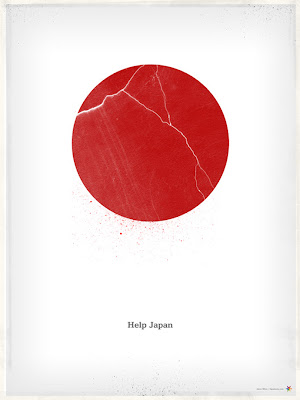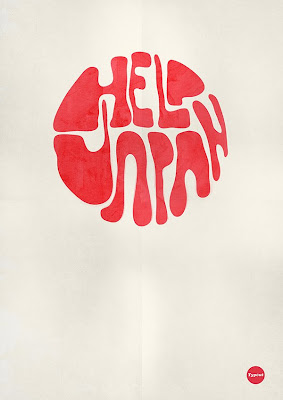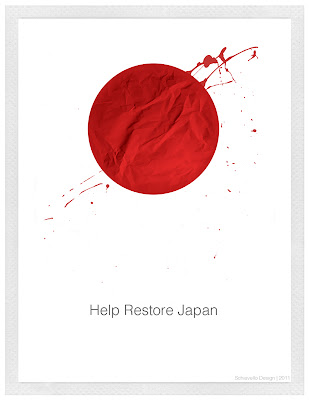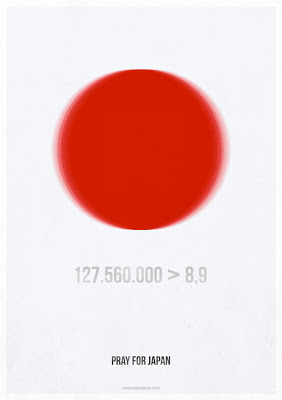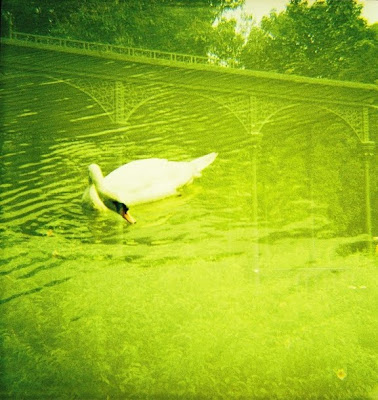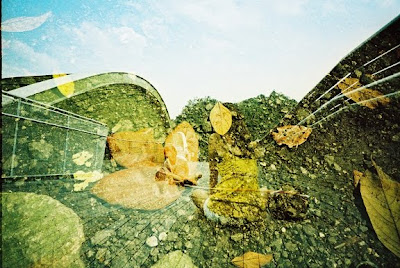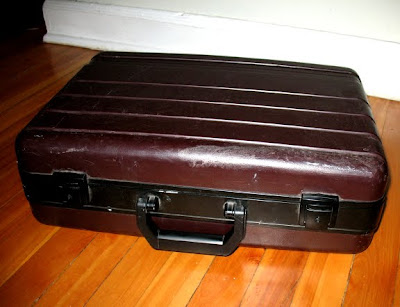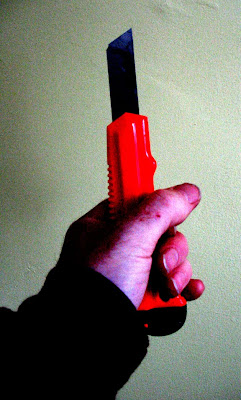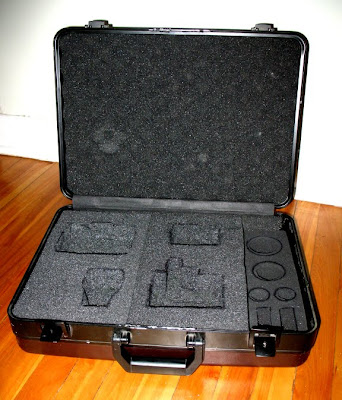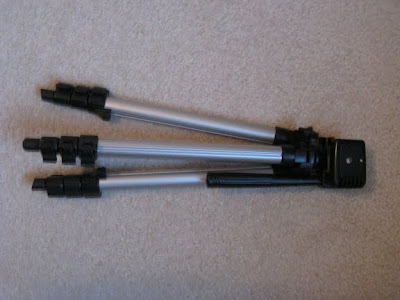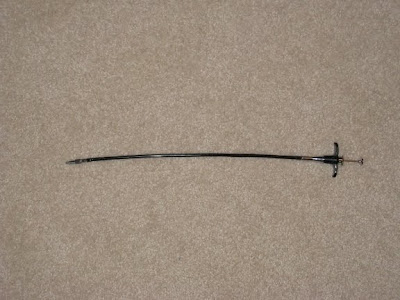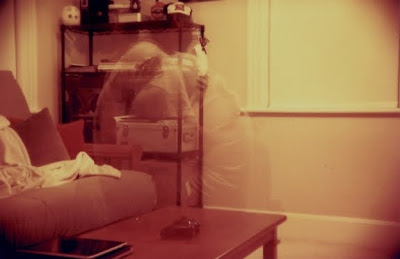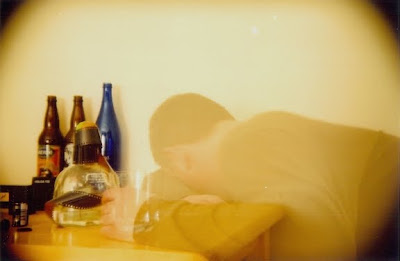



Despite the unstoppable snowball of technology, megapixels and auto... well, everything nowadays, the plastic toy camera is having a resurgence. More aptly, it is probably because of the omnipresence of digital that a return to photography's analog and less precise roots has been gaining in popularity lately. Art movements throughout history have always worked in a sort of ebb and flow. Minimalism was a reaction to abstract expressionism, abstract expressionism aimed to reject modernism, which in turn bucked the style of realism, and so on and so forth. In a world now so deeply entrenched in microchips and USB cables, a world that I am admittedly a card-carrying member of, we are now beginning to see a revival of Polaroid, large-format cameras, and alternative film processes. Among these retro mediums having a rebirth is that of plastic toy cameras, the flagship model being the Holga.
The Holga camera was created and issued, one per household, to Chinese families in the early 1980's by their government as a consolation prize of sorts. Images from the western world of growing consumerism were seeping through the borders of the socialist nation and government officials were facing the possibility of an uprising. The token, however small, seemed to have done the trick as citizens were distracted by their new toy camera and for the moment turned their attention to taking family portraits and recording life events.
The Holga, like its friends Diana and Lomo LC-A, is made as cheaply as possible. Virtually the entire camera, including the lens, is made of plastic. In fact, due to the poor materials used in creating these cameras, they are highly prone to light leaks, color shifts, chromatic aberration and blurry images. As if this weren't enough, the image circle only partially covers the film frame, which leads to heavy vignetting around the edges. Since the manufacturing process is let's say... less than meticulous, the degree and type of "flaws" that you will encounter are completely unique to each specific camera, like a fingerprint.
Rather than viewing these shortcomings as problems that need to be remedied, Holgagraphers embrace that which cannot be controlled. It is, in fact, its organic and unpredictable nature that is exciting and refreshing. The experience of shooting with a plastic camera takes me back to my early days of learning to photograph on slide film with an Olympus OM-10 when I would stand in the development lab and tear open the sealed bag anxious to find out what I had on my film. Only this time, rather than unearthing half a roll shot with the lens cap on and the other half drastically underexposed, I would be surprised with beautiful light leaks spilling onto a frame of swirling focus and vignetting. The colors I discover on my film are nothing like what I witness while photographing, but rather the camera's interpretation of the scene. Somehow the representation always manages to come closer to my subjective experience in the moment rather than the objective reality.
The camera itself is rudimentary and bare bones to say the least. The exposure control is limited to f/8 and f/13, which is designated by a picture of a sun or a sun behind clouds. The shutter speed is locked at 1/100th of a second, although like with everything else Holga your experience may vary. Turning the focus ring to one of four icons sets the focal range: a person, three people, a large group of people, or mountains. The Holga takes 120 roll film, but beware of the rear panel, which regularly flops off the camera exposing the film. I have fashioned a makeshift strap for the panel by using a couple strips of Velcro and a dab or two of hot glue.
Speaking of Holga modifications, the market is crammed with them. Everything from remote trigger releases and Polaroid backs to ring flashes and 35mm adapters can be easily found online. In fact, in the last few years there has been an explosion of different Holga models released. You can now get a pinhole Holga (affectionately referred to as a Pinholga), a 3-D stereo Holga, a twin lens reflex Holga, and dozens of colors and styles including camouflage and hot pink.
It is far too easy to wake up one morning and find yourself trapped in an existence of light modifiers, battery grips and portable hard drives. I have on more than one occasion begun packing for a photo trip to the desert only to find myself three bags deep wondering how I am going to mule all of the equipment across the salt flats. The Holga can be your refuge from the mounting gear. Stuff it in your pocket with a couple of rolls of film and see just how liberating it can be. Take a momentary break from precision and control and plunge into a world of whimsy where the colors are more vivid and life is much simpler.
visit:
www.lomography.com
